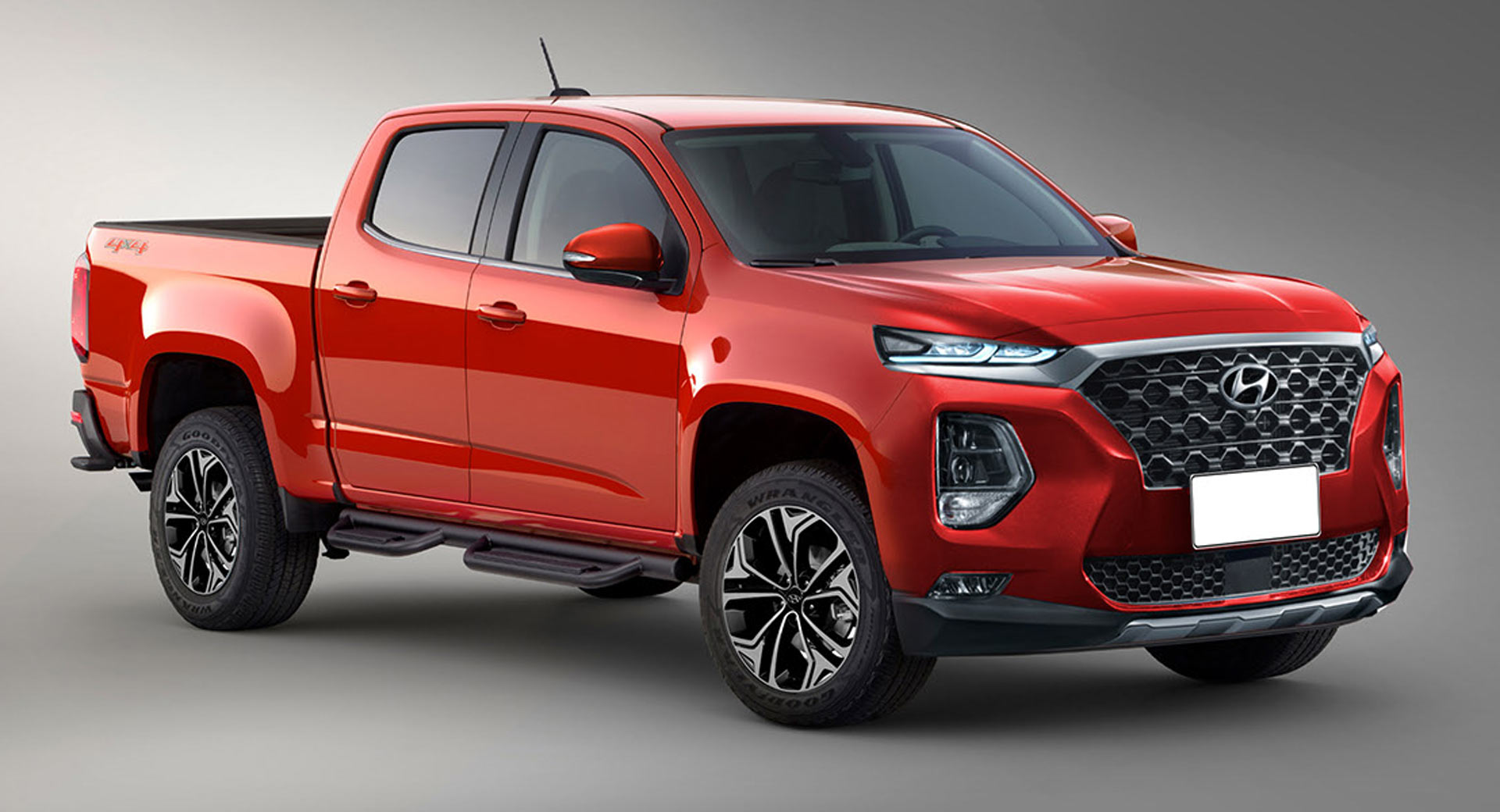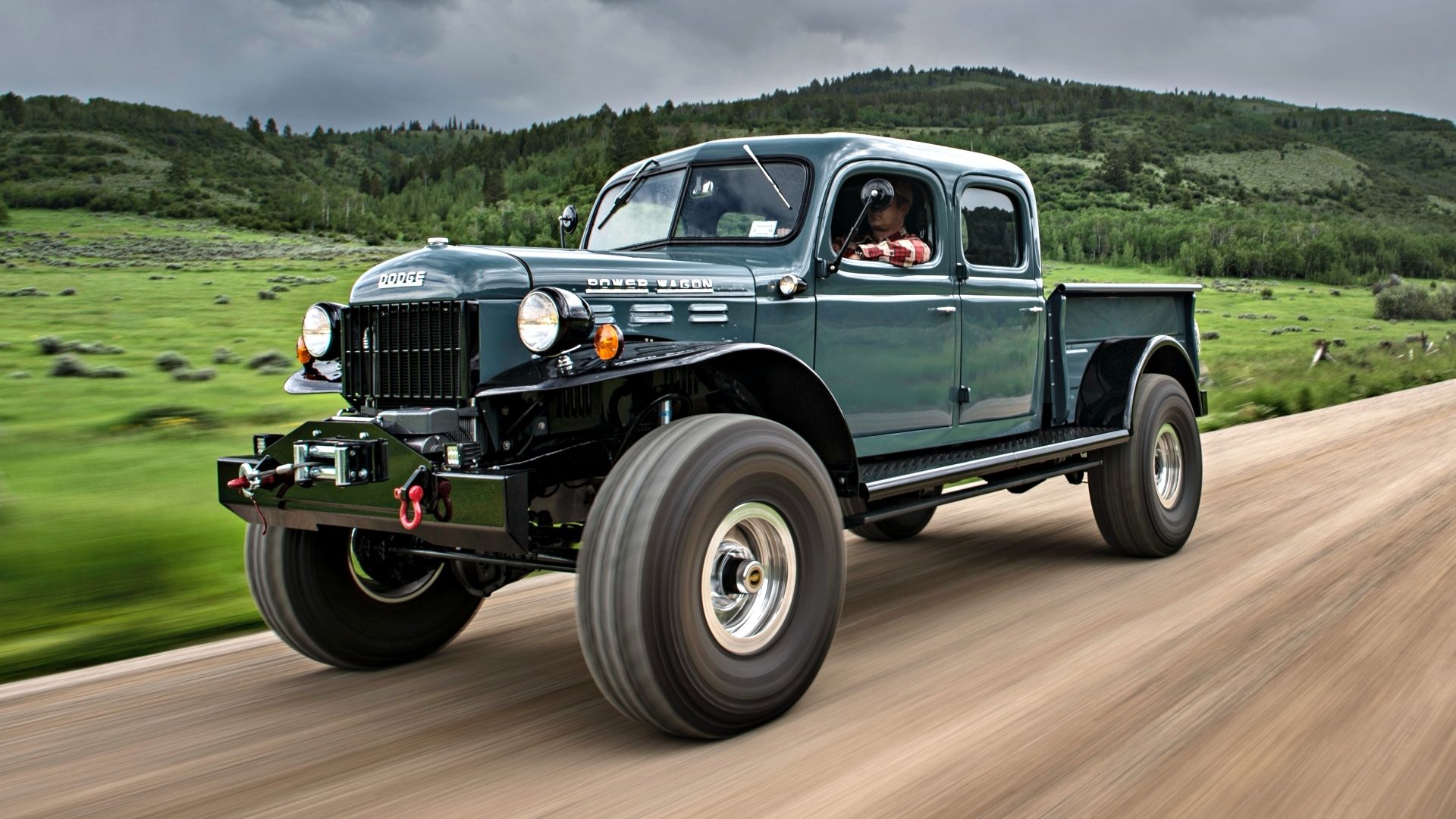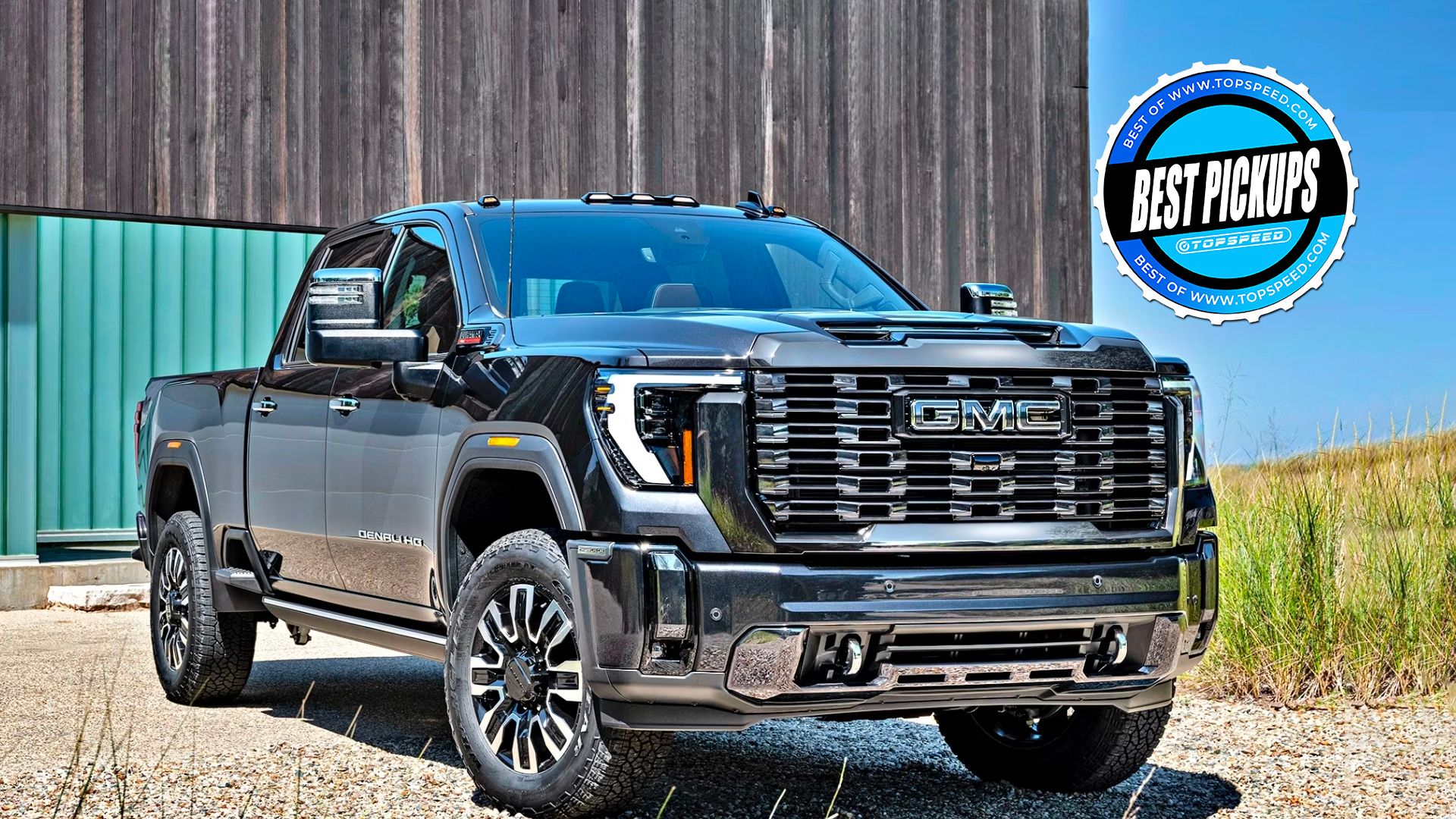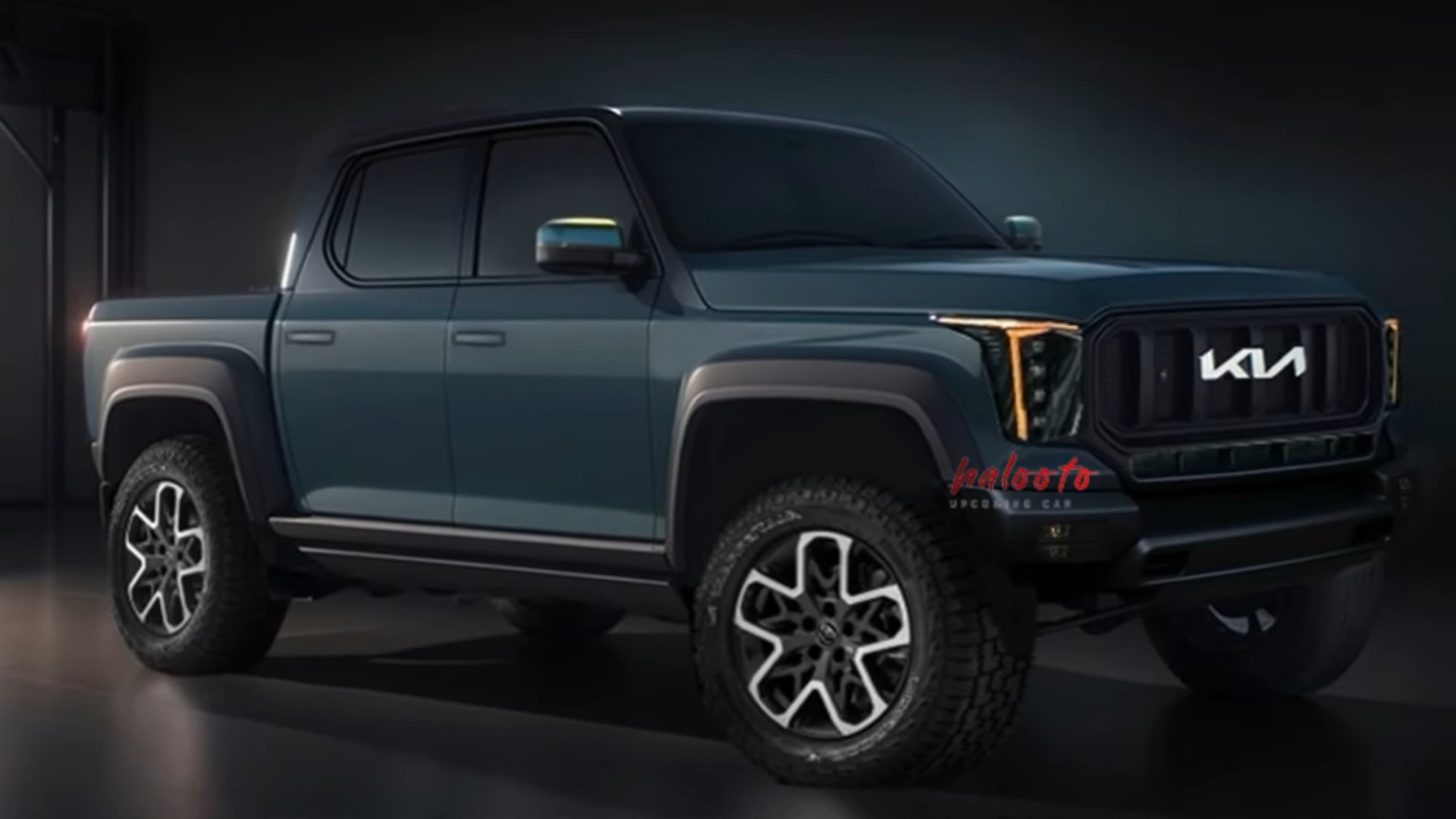Pickup Trucks For Sale Under $3000: Your Comprehensive Guide to Affordable Utility pickup.truckstrend.com
The allure of a pickup truck is undeniable: the versatility to haul, tow, and tackle tough jobs, combined with an often rugged aesthetic. However, new trucks come with hefty price tags, putting them out of reach for many. This is where the world of "Pickup Trucks For Sale Under $3000" steps in, offering a compelling alternative for budget-conscious buyers, DIY enthusiasts, and those seeking a reliable workhorse without breaking the bank.
A truck priced under $3000 typically signifies an older model, one with higher mileage, or a vehicle that may require some mechanical attention. It’s not about finding a pristine, low-mileage gem, but rather uncovering a functional, capable machine that still has plenty of life left to offer. This guide will navigate the complexities and opportunities of this unique market, providing you with the knowledge and tools to make an informed and successful purchase. Whether you need a utility vehicle for yard work, a project truck to hone your mechanical skills, or simply an affordable means of transport with added carrying capacity, the under-$3000 market holds surprising potential.
Pickup Trucks For Sale Under $3000: Your Comprehensive Guide to Affordable Utility
Why Go for a Truck Under $3000? Benefits & Realistic Expectations
Venturing into the sub-$3000 truck market isn’t for everyone, but for those with the right mindset, it offers a distinct set of advantages:
- Unbeatable Affordability: This is the primary driver. For less than the down payment on a new truck, you can own a fully functional vehicle. This makes it ideal for first-time buyers, students, or those needing a secondary utility vehicle.
- Utility on a Budget: Even an older truck retains its fundamental utility. Hauling lumber, moving furniture, towing a small trailer, or transporting tools for a job – these tasks are still well within its capabilities.
- Project Potential: For mechanically inclined individuals, an older, affordable truck is a fantastic platform for learning, tinkering, and customizing. You can save money on labor by doing repairs yourself and gain valuable experience.
- Lower Depreciation: Since the vehicle has already depreciated significantly, you won’t lose much value over time, unlike a new car that plummets in worth as soon as it leaves the lot.
- Simpler Mechanics: Older trucks often feature less complex electronic systems, making them easier and cheaper to diagnose and repair compared to modern vehicles.

However, it’s crucial to set realistic expectations. A truck in this price range will likely have:
- Significant Mileage: Expect well over 150,000 miles, potentially even over 200,000.
- Cosmetic Imperfections: Dents, scratches, fading paint, rust spots, and worn interiors are common.
- Required Repairs/Maintenance: Be prepared to invest some money and time into immediate repairs or deferred maintenance items (e.g., brakes, tires, fluid changes, suspension components).
- Older Technology: No touchscreens, advanced safety features, or modern creature comforts.
- Lower Fuel Economy: Older engines are generally less efficient than their modern counterparts.


What to Expect: Common Models & Features
While the specific trucks available will vary based on your location and market conditions, certain models frequently appear in the under-$3000 price bracket due to their widespread production, durability, and age.
Common Candidates:
- Ford Ranger (1990s – early 2000s): A perennial favorite, the Ranger is known for its compact size, decent fuel economy (for a truck), and relative simplicity. Many were equipped with the 2.3L 4-cylinder or 3.0L/4.0L V6 engines. Parts are readily available.
- Chevrolet S-10 / GMC Sonoma (1990s – early 2000s): Similar to the Ranger, the S-10/Sonoma offers a compact, utilitarian package. Available with 2.2L 4-cylinder or 4.3L V6 engines, they are generally robust.
- Older Ford F-150 / Chevrolet Silverado / GMC Sierra (Late 1980s – 1990s): Full-size trucks from this era can occasionally be found under $3000, especially those with high mileage or some significant cosmetic issues. They offer much more hauling and towing capacity but come with higher running costs. Look for the venerable 5.0L/5.8L V8 in Fords or the 5.7L V8 in GM trucks.
- Dodge Dakota (1990s – early 2000s): A mid-size option, the Dakota bridged the gap between compact and full-size trucks. They often came with V6 or V8 engines, providing more power than compacts.
- Toyota Pickup / Tacoma (1980s – 1990s): While harder to find under $3000 due to their legendary reliability, older Toyota pickups (pre-Tacoma) and early Tacomas might surface. If you find one, it’s often a solid buy, even with high mileage.
- Nissan Hardbody / Frontier (1980s – 1990s): Like Toyota, Nissan offered durable compact trucks. The Hardbody (D21) is particularly known for its toughness.
Typical Features:
Expect basic interiors, manual windows and locks, possibly no air conditioning (or non-functioning AC), AM/FM radio, and minimal safety features compared to modern vehicles. Many will be 2WD, but 4WD versions can be found, though they often command a slightly higher price.
The Search Begins: Where to Find Your Under-$3000 Truck
Finding the right truck at this price point requires patience, diligence, and knowing where to look.
-
Online Marketplaces:
- Craigslist: Still a treasure trove for affordable vehicles, but requires careful filtering and vigilance against scams. Search broadly and be specific with keywords.
- Facebook Marketplace: Increasingly popular, offering a more visual and often more personal buying experience. You can easily see seller profiles and interact.
- eBay Motors: Good for nationwide searches, especially if you’re willing to travel or arrange shipping. Be aware of auction dynamics.
- Local Classifieds Websites/Apps: Check regional sites or apps that specialize in used goods.
-
Local Avenues:
- Independent Used Car Lots: Smaller, local dealers often have older, higher-mileage vehicles that major dealerships won’t touch. Prices might be slightly higher than private sales, but you might get some limited warranty or pre-sale inspection.
- Word of Mouth: Let friends, family, and colleagues know you’re looking. Someone might know a neighbor selling an old truck.
- "For Sale" Signs: Drive around residential areas or rural routes. Many affordable trucks are sold simply by a sign in the window or yard.
- Public Auctions: Government surplus auctions, police impound auctions, or general public auto auctions can yield great deals, but they require fast decision-making and often don’t allow test drives or thorough inspections beforehand.
-
Tips for Searching:
- Be Patient: The perfect truck won’t appear overnight.
- Be Flexible: Don’t limit yourself to one specific make or model.
- Filter Aggressively: Use price filters ($1 – $3000), year ranges, and mileage (if available) to narrow down results.
- Save Searches: Many platforms allow you to save searches and get notifications when new listings appear.
- Contact Promptly: Good deals go fast. Be ready to contact sellers quickly.
The Inspection & Evaluation Process: What to Look For
This is the most critical stage. Assume every truck under $3000 has hidden issues. Your goal is to identify as many as possible and assess their severity.
-
Initial Contact & Questions:
- Why are they selling? (Often, "upgrading" or "don’t need it anymore" are common. Be wary of vague answers.)
- How long have they owned it? (Longer ownership can indicate better care.)
- Any known issues? (Be direct. Their honesty sets the tone.)
- Any accidents?
- Maintenance records available?
- Title status? (Clean title is paramount. Avoid salvage or rebuilt titles unless you’re an expert and know the risks.)
-
Exterior Inspection (Daylight is best):
- Rust: This is the #1 killer of older trucks. Check fender wells, rocker panels, door bottoms, cab corners, and especially the frame. Bring a small hammer to gently tap on suspicious areas – a dull thud might mean solid metal, a hollow sound or crunch means rust.
- Body Panels: Look for mismatched paint, wavy panels, or large gaps indicating accident repair.
- Tires: Check tread depth, uneven wear (signifies alignment or suspension issues), and age (cracking).
- Lights & Glass: All lights working? No major cracks in the windshield?
-
Under the Hood:
- Fluid Leaks: Look for oil, coolant, power steering, or transmission fluid leaks.
- Fluid Levels & Condition: Check oil (dark but not sludgy?), coolant (clear, not rusty or oily?), transmission fluid (red, not burnt smell?).
- Belts & Hoses: Check for cracks, fraying, or bulging.
- Battery: No corrosion? Date code on battery.
- General Cleanliness: A very clean engine bay could indicate a seller trying to hide leaks. A very dirty one means neglect.
-
Interior Inspection:
- Seats & Upholstery: Tears, stains, excessive wear.
- Dashboard & Electronics: Are all warning lights off after starting? Do the radio, AC/heater, power windows (if applicable), and gauges work?
- Smell: Any musty, moldy, or excessive smoke smells?
-
Underneath the Truck (Use a flashlight):
- Frame Integrity: Critical. Look for severe rust, cracks, or previous welding repairs.
- Suspension: Check for broken springs, worn bushings, or leaking shocks.
- Exhaust: Excessive rust or holes.
- Brake Lines & Fuel Lines: Check for corrosion or leaks.
-
The Test Drive:
- Start-up: Easy start? Any unusual noises?
- Engine Performance: Does it accelerate smoothly? Any hesitation, misfires, or knocking?
- Transmission: Shifts smoothly? Any jerking, slipping, or delayed engagement?
- Brakes: Stop smoothly and straight? Any squealing, grinding, or pulsing?
- Steering: No excessive play? Does it pull to one side?
- Suspension: Any clunks, rattles, or excessive bouncing over bumps?
- Dashboard Lights: Pay close attention to the "Check Engine Light" or "Service Engine Soon" light. If it’s on, get a diagnostic scan.
-
Paperwork:
- Ensure the seller’s name matches the title. Check for any liens.
- VIN Check: Consider a basic VIN check through CarFax or AutoCheck. While it might not have full records for older vehicles, it can reveal accident history or title issues.
-
Professional Pre-Purchase Inspection (PPI):
- Highly Recommended: Even if it costs $100-$200, a professional mechanic can spot issues you missed and give you a realistic estimate of necessary repairs. This can save you thousands in the long run or give you leverage for negotiation.
Budgeting Beyond the Purchase Price: Hidden Costs & Solutions
The $3000 purchase price is just the beginning. Factor in these additional costs:
- Sales Tax, Registration, & Tags: Varies by state but can add several hundred dollars.
- Insurance: Get quotes before buying. Older trucks might be cheaper to insure for basic liability, but comprehensive coverage can still be significant.
- Immediate Repairs/Maintenance: This is almost guaranteed. Budget at least $500-$1000 for things like:
- Fluids & Filters: Oil change, air filter, fuel filter, transmission fluid, differential fluid.
- Brakes: Pads, rotors, possibly calipers or lines.
- Tires: If current tires are worn or aged.
- Spark Plugs & Wires: Basic tune-up.
- Belts & Hoses: Preventative replacement.
- Battery: If it’s old or weak.
- Tools: If you plan on DIY, you’ll need a basic set of wrenches, sockets, a jack, jack stands, and safety gear.
- Fuel Costs: Older trucks are often less fuel-efficient.
Solutions for Cost Management:
- DIY Repairs: Learning to do basic maintenance and repairs yourself will save a fortune in labor costs. YouTube tutorials and online forums are invaluable resources.
- Used Parts: For non-critical components, salvage yards (junkyards) are excellent sources for affordable used parts.
- Prioritize Repairs: Address safety-critical issues (brakes, tires, steering) first, then tackle maintenance items, and finally cosmetic fixes.
- Set Aside a Repair Fund: Always have a contingency fund for unexpected breakdowns.
Maximizing Your Investment: Tips for Maintenance & Longevity
Once you’ve purchased your under-$3000 truck, proper care is paramount to getting the most out of your investment.
- Adhere to a Strict Maintenance Schedule: Follow the manufacturer’s recommended maintenance intervals, even for an older vehicle. Regular oil changes, fluid checks, and filter replacements are non-negotiable.
- Address Issues Promptly: Don’t ignore warning lights, strange noises, or leaks. Small problems can quickly escalate into expensive repairs if left unaddressed.
- Rust Prevention: If your truck has minimal rust, take steps to prevent its spread. Wash the undercarriage regularly, especially after driving on salted roads. Consider applying rust-inhibiting coatings.
- Learn Basic Mechanics: The more you understand about your truck, the better equipped you’ll be to diagnose issues and perform simple repairs. This empowers you and saves money.
- Keep Detailed Records: Document all maintenance, repairs, and parts replaced. This helps you track what’s been done and can be valuable if you ever decide to sell the truck.
- Drive Responsibly: Avoid aggressive driving, excessive hauling/towing beyond the truck’s capacity, and off-roading that puts undue stress on components.
Pickup Trucks For Sale Under $3000: Price Table Examples
It’s important to note that actual prices for vehicles under $3000 are highly dependent on location, condition, mileage, and seller urgency. This table provides hypothetical examples of common models you might find, along with their typical characteristics in this price range. Prices are estimates and not guarantees.
| Make/Model | Typical Years (in $3k range) | Pros | Cons | Potential Price Range (USD) |
|---|---|---|---|---|
| Ford Ranger | 1990-2005 | Reliable, parts plentiful, good MPG (4cyl) | Rust prone, basic interior, limited power | $1,500 – $2,800 |
| Chevy S-10 / GMC Sonoma | 1990-2004 | Durable V6, easy to work on, compact | Rust prone, often worn interiors, common issues with brakes/suspension | $1,400 – $2,700 |
| Ford F-150 (Older) | 1987-1996 | Full-size utility, strong V8 options | Poor MPG, significant rust issues, often high mileage | $1,800 – $2,900 |
| Chevy Silverado/GMC Sierra (Older) | 1988-1998 | Strong engines, robust chassis, good towing | Rust in rockers/cab corners, poor MPG, old interior tech | $1,700 – $2,900 |
| Dodge Dakota | 1991-2004 | Mid-size versatility, V6/V8 options | Can have electrical quirks, rust on frame/body, transmission issues | $1,500 – $2,800 |
| Toyota Pickup / Early Tacoma | 1985-1998 | Legendary reliability, holds value well | Hard to find under $3k in good shape, limited power | $2,000 – $3,000 (if found) |
| Nissan Hardbody / Frontier | 1986-2000 | Very durable, good work truck | Rust, less common parts than domestics, basic interior | $1,400 – $2,600 |
Frequently Asked Questions (FAQ) about Pickup Trucks Under $3000
Q1: Can I really find a reliable truck for under $3000?
A1: Yes, absolutely, but "reliable" needs to be redefined. You’re unlikely to find a truck that requires zero attention. Reliability in this context means a vehicle with a solid engine and transmission, a rust-free frame, and fundamental components that are either in good working order or can be repaired economically. It often requires some immediate investment after purchase.
Q2: What are the most common problems with older trucks in this price range?
A2: Rust (especially frame and body panels), worn suspension components (shocks, ball joints, tie rods), aging rubber parts (hoses, belts, bushings), fluid leaks, electrical gremlins (e.g., non-working gauges, lights), and issues related to deferred maintenance (e.g., clogged filters, old spark plugs).
Q3: Is it better to buy from a dealer or a private seller?
A3: For trucks under $3000, a private seller is often your best bet for the lowest price. Dealers usually mark up prices to cover overhead and may offer limited warranties that are not worth the premium on such old vehicles. However, a reputable small, independent used car lot might offer some peace of mind if they’ve done basic checks.
Q4: Should I get a pre-purchase inspection (PPI)?
A4: YES, absolutely. This is the single most important step. A PPI by a trusted mechanic can uncover hidden problems, give you an estimate of necessary repairs, and provide valuable negotiation leverage. It’s a small investment that can save you from a costly mistake.
Q5: What’s the best way to negotiate the price?
A5: Be polite but firm. Point out any flaws you found during your inspection and use repair estimates (from your PPI) to justify a lower offer. Have cash ready, as it can be a strong negotiating tool. Research similar trucks in your area to know a fair market value. Don’t be afraid to walk away if the deal doesn’t feel right.
Q6: How much should I budget for immediate repairs and maintenance after buying?
A6: As a rule of thumb, budget at least 20-30% of the purchase price for immediate post-purchase maintenance and unforeseen repairs. So, for a $3000 truck, aim to have an extra $600-$900 set aside. This covers things like new fluids, filters, spark plugs, and potentially minor brake or tire work.
Conclusion
The quest for "Pickup Trucks For Sale Under $3000" is a journey that blends the thrill of the hunt with the practicality of budget-conscious ownership. While it demands patience, diligent research, and a willingness to confront potential challenges, the reward can be a highly functional and incredibly affordable utility vehicle. By understanding what to expect, where to look, how to inspect, and how to budget beyond the initial purchase, you can transform a seemingly impossible dream into a tangible reality.
Embrace the character of an older truck, prepare for some hands-on maintenance, and you’ll find that an under-$3000 pickup can be far more than just transportation; it can be a reliable work companion, a rewarding project, and a testament to smart, economical buying. The open road, or perhaps just the lumber yard, awaits.
